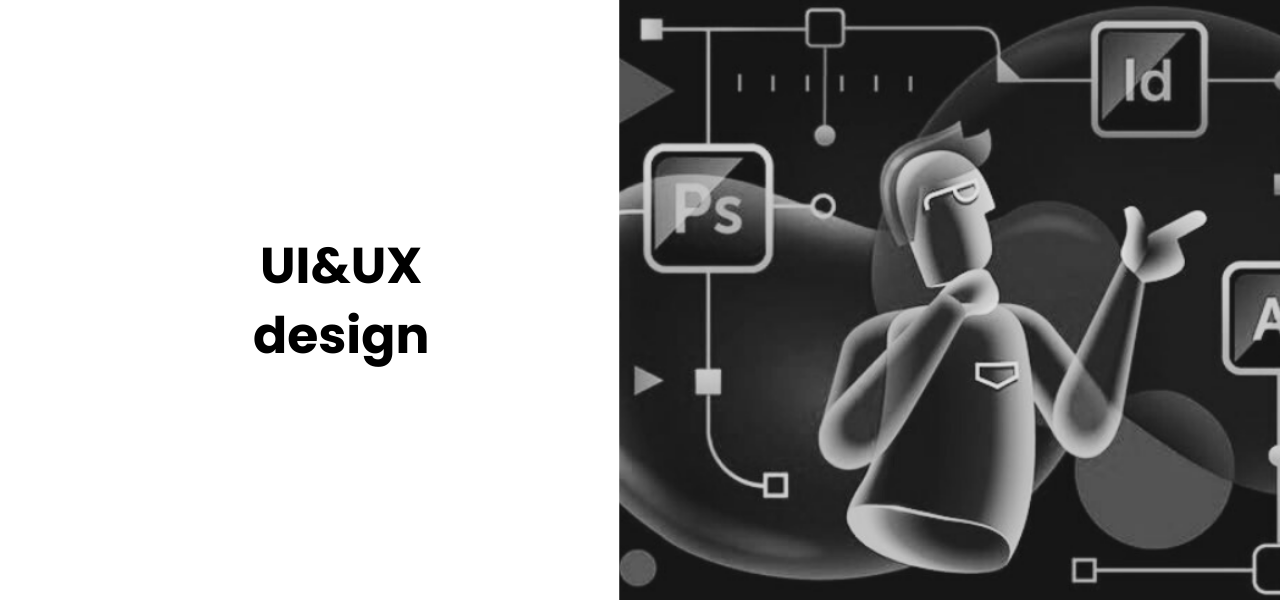What is a Website and What is it For?
Simply put, a website is a digital platform accessible via the internet. Depending on your goals, it can present various information, services, or products.
Main functions of a website:
Information sharing: Provide customers with details about your company, products, or services.
Sales and orders: Enable online sales through e-commerce functionality.
Brand image: Build a professional presence in the digital space.
Communication: Stay connected with your customers (forms, chatbots, contact pages, etc.).
Marketing: Reach a wider audience through SEO, advertising campaigns, and analytics.
In short, a well-designed website is your digital employee working 24/7.
Website Development Process with Crocusoft Experience
Building a website is not just about writing code. It’s a systematic process that involves proper planning, visual design, functionality, and technical support.
Our process consists of 7 main stages:
Information Gathering — Target, Purpose, Benefits
This stage is the foundation of the project. First, we determine:
The purpose of the website
Target audience
Expected benefits
Desired outcomes
For example, an entertainment platform targeting young people will require a completely different approach compared to a corporate B2B service website. Accurate data collection at this stage minimizes later changes and helps define the project’s budget and timeline.
Planning — Sitemap and Wireframe
Based on the collected information, the site’s sitemap is created:Pages and sections are defined
Navigation structure is established
Then, a wireframe/mockup is prepared — a colorless prototype that shows the layout before moving into design. The goal is to clarify the design direction and placement of elements.
UI/UX Design — Appearance and User Experience
In this stage, the site takes shape:
UX (User Experience): Navigation ease, placement of elements
UI (User Interface): Color palette, fonts, images, icons, and visual style
At Crocusoft, all designs are created specifically for the project. The approved design is then passed on to the front-end stage.
Front-End — Coding the design
The design is coded using HTML, CSS, and JavaScript. This stage includes:Making all visual elements functional
Ensuring responsive design for mobile and desktop devices
Adding main interactive elements
If the site is only informational, the process can move to delivery after this stage. However, features like registration, e-commerce, or comments require back-end development.
Back-End — The Brain of Functionality
The back-end is the invisible part of the site that makes it work. Here we:Build the optimal system architecture
Create a CMS so you can update content anytime
Integrate SEO tracking and analytics tools
Code interactive features such as payment, registration, and user management
Testing, Delivery, Launch
Once the site is fully functional, testing begins:Reviewed by both the team and the client
Bugs and issues are resolved
The site is officially launched
Technical Support — We’re with You After Launch
At Crocusoft, we offer the first 3 months of technical support for free.After that, any required updates or changes are delivered promptly under a mutual agreement.
Conclusion
Creating a website is not just design and coding — it’s a process that requires strategy, technical precision, and ongoing support.
A well-managed project:
Is completed faster
Stays within budget
Brings real value to your business
At Crocusoft, we manage this process clearly, flexibly, and professionally, turning your project into a digital success.
Meta tag:
What is a website and what are the 7 main stages of website development? An explanation of all stages from planning to technical support
 +994512060920
+994512060920




